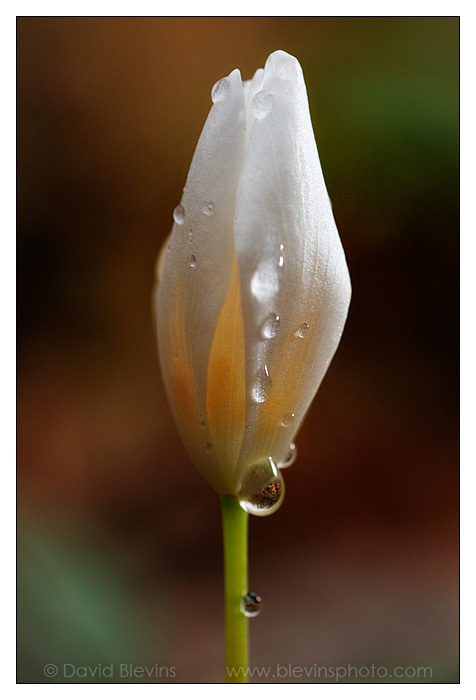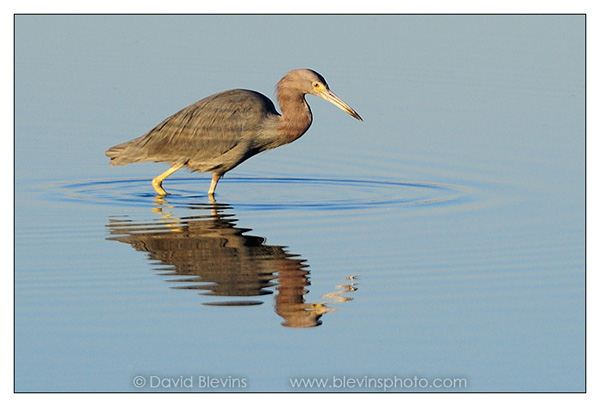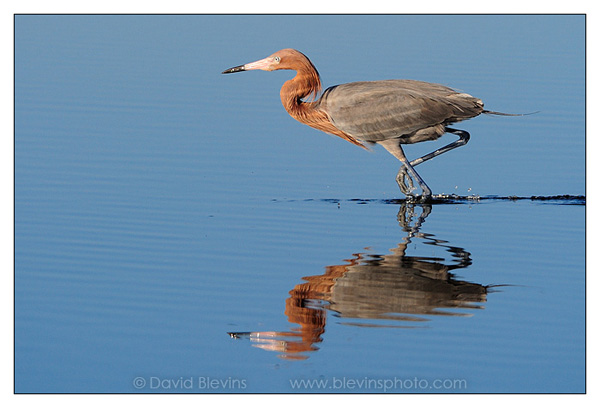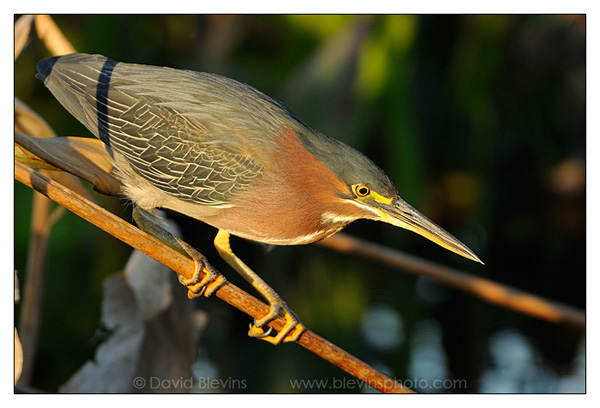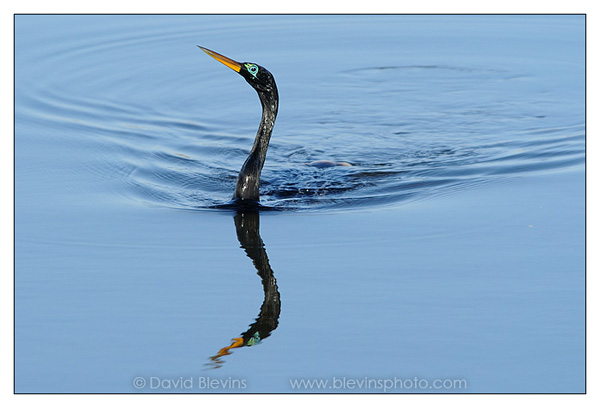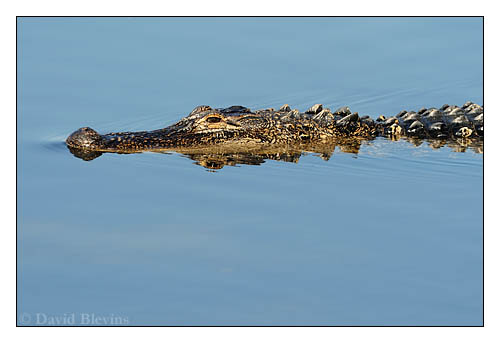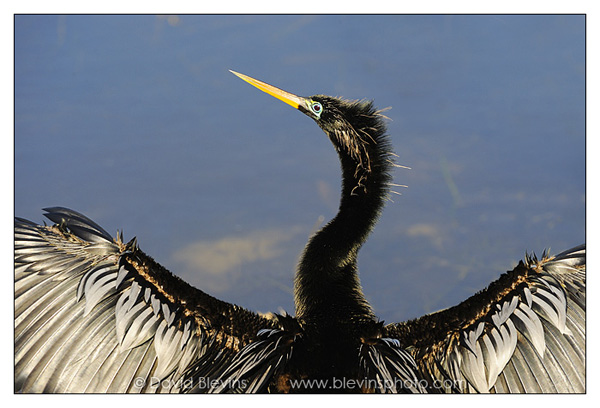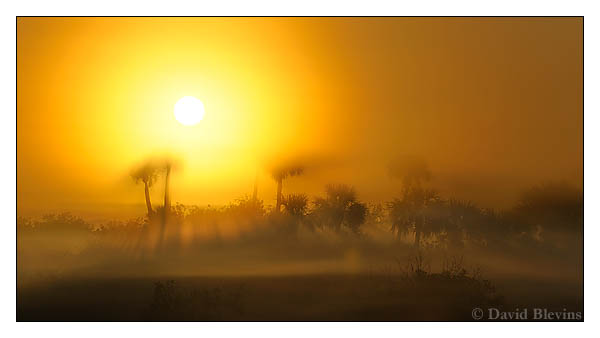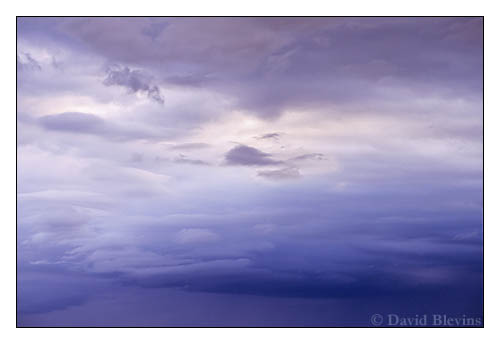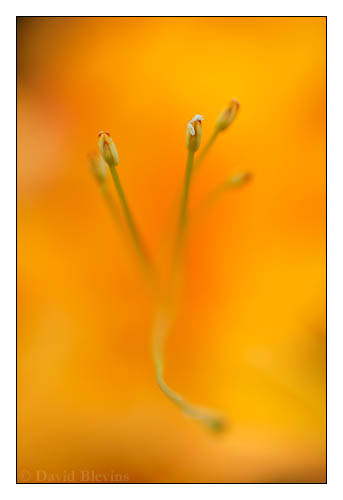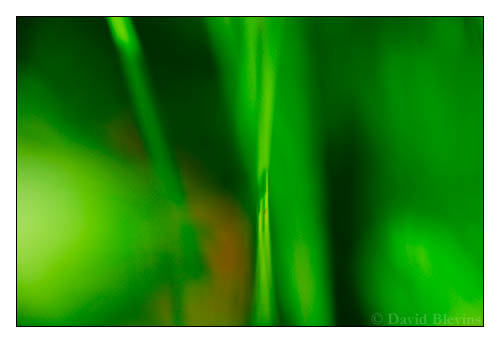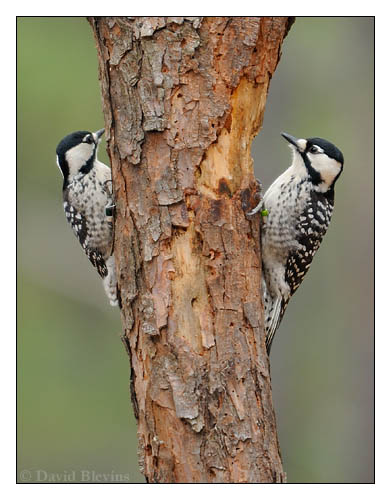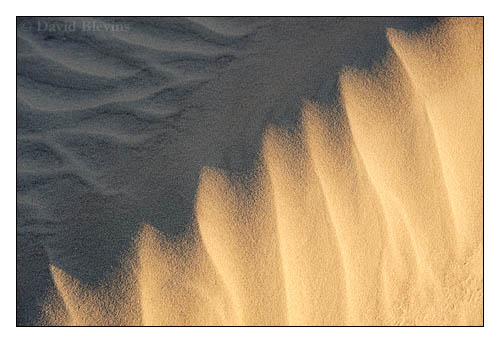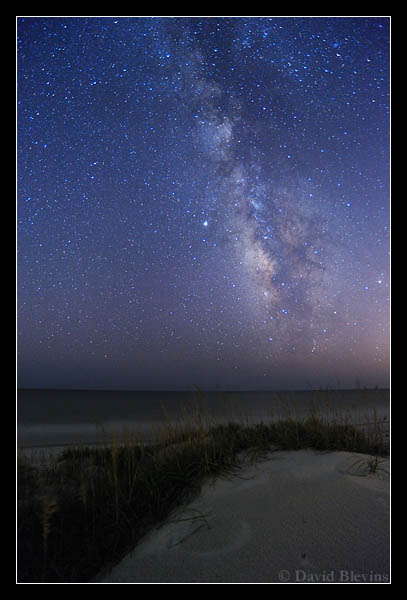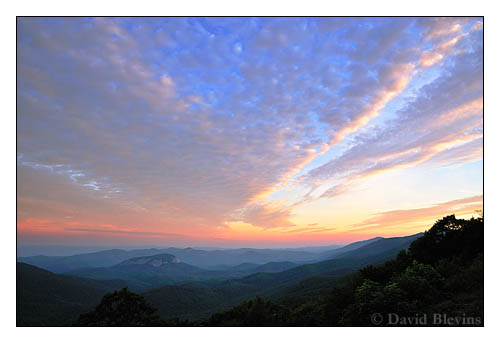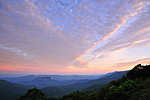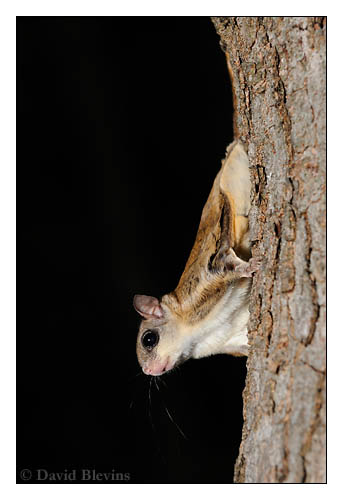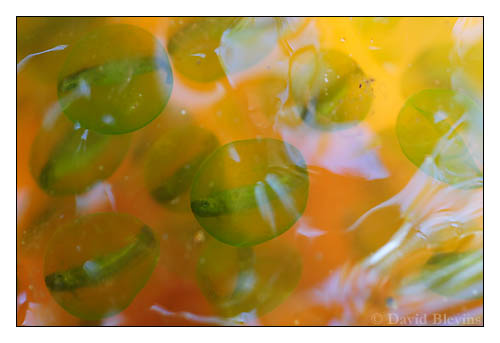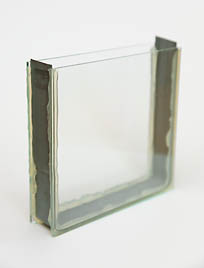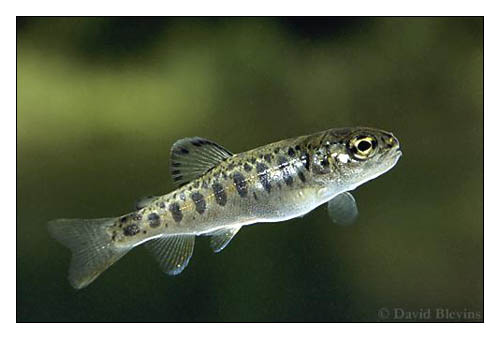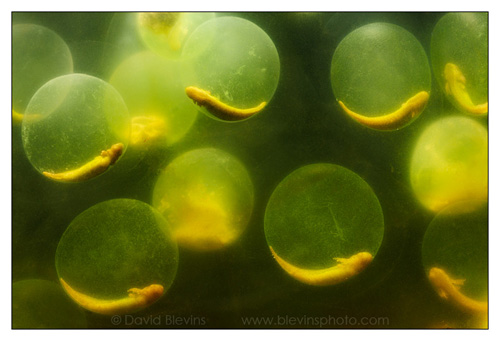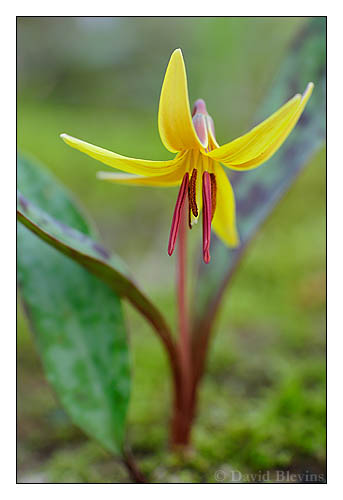I photographed my brother’s wedding a few weeks ago. Wedding photography requires a very different process from my usual work. You have one chance to capture a significant meaningful moment, and then it is gone. I am used to being able to work on an image as long as it takes to get it right. To mentally prepare for the wedding, I had to keep telling myself that the moment and the emotions were most important and that the more technical aspects of the images would just have to fall where they may. I am happy with the results, but I told Linda (the bride) that I could not take all the credit. I had some lovely subjects to work with, and Jason (the groom) cleaned up pretty well too.
Linda was ready for the ceremony with about 15 minutes to spare so I asked if I could set up my lights and do a quick formal portrait. I wanted to get an image of Linda before the ceremony but after she was ready. With all the hectic preparations before the ceremony and the celebrations after, this was my only chance to have a calm moment with her. I showed her where to stand and asked her to wait while I worked out the lighting ratio. After a few tries I had the lighting worked out, but then I realized she did not need any direction. She was waiting for me to finish with the lighting, and she had just the look I wanted to capture of her waiting for the ceremony to start. This was her moment. She was perfect.
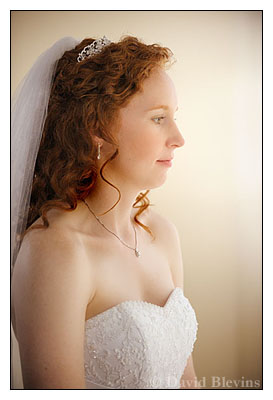
I made a few more compositions, and then it was time for the ceremony to start. While I was photographing the wedding party getting their act together, I saw Linda peeking out of her dressing room to see if it was time for her. I had only a few seconds to make the image before she disappeared back into the dressing room.
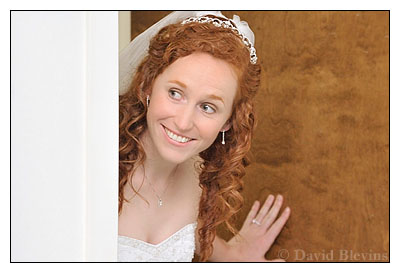
Photography was not allowed in the sanctuary during the ceremony so this was my last image before assuming my position on the second floor.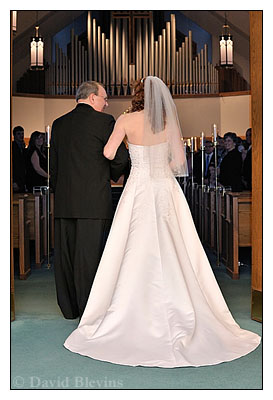
I could not see faces or emotions very well from the perch where I was allowed to photograph the ceremony, but I did have an excellent vantage point to show the entire spectacle.
After the ceremony, the wedding party rode to the reception in a trolley. It was a rainy day so while we were outside the light was spectacular. The rain did not dampen any spirits, and the raindrops on the window of the trolley were beautiful.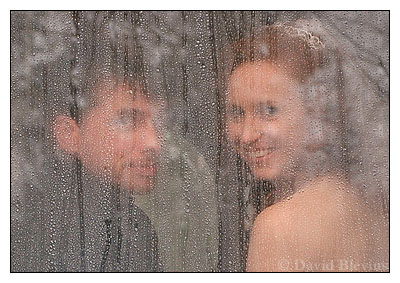
When we arrived at the reception, all of the bride’s maids ran to the building to get out of the rain, and there was no one left to help Linda get her dress out of the trolley. Jason was still on board chatting with the driver, oblivious to Linda’s plight. I was in position hoping to get a romantic image of Jason helping Linda out of the trolley or at least the bride’s maids giving Linda a hand. While I watched Linda struggle I thought maybe I should help her, but before I could she took matters into her own hands. I love the look on her face as she realizes it is all up to her.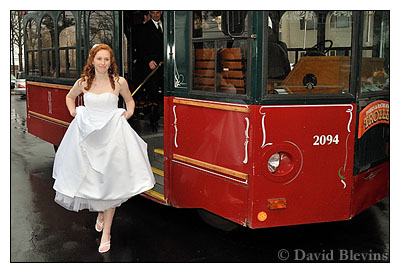
Photographing the reception was a lot of fun. The ceilings were suitable for bouncing flash, although it was challenging to balance the flash exposure with the ambient light because the room was so dark. I also had to filter the flash to match the color of the incandescent lights. My favorite images from the reception are of the bouquet toss. It just worked; I could not have photographed it any better if I tried.
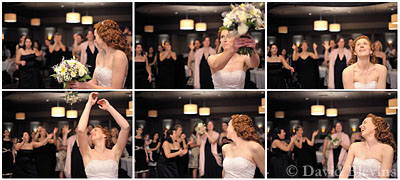
Instead of throwing rice someone had the brilliant idea to have the bride and groom exit through a cordon of guests wielding sparklers. It probably sounded cheerful and colorful, but these were the biggest fire shooting sparklers I have ever seen. I was actually concerned someone might catch on fire.
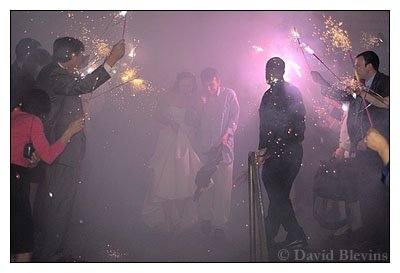
Best wishes you two! And welcome to the family, Linda. It is wonderful to have a new sister.

